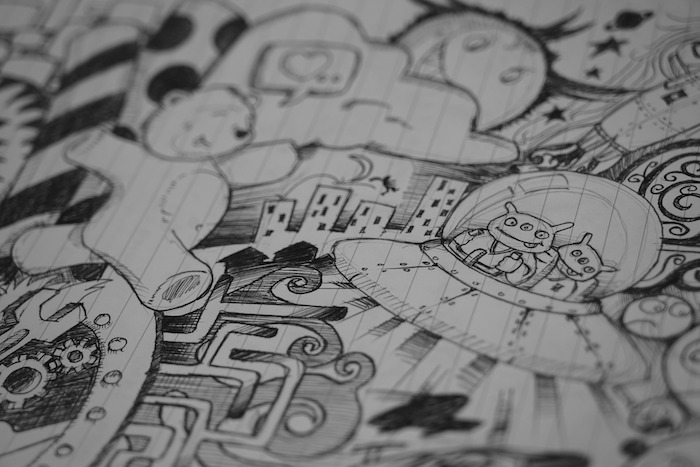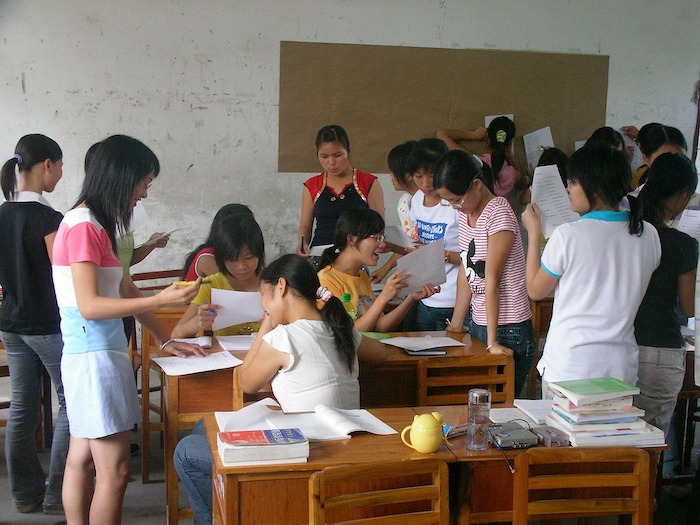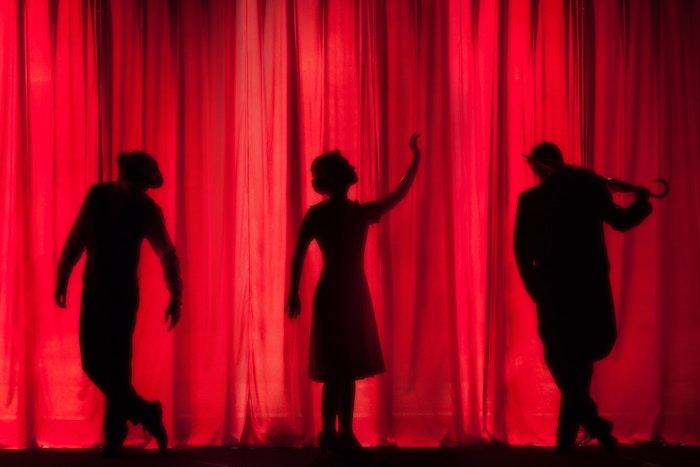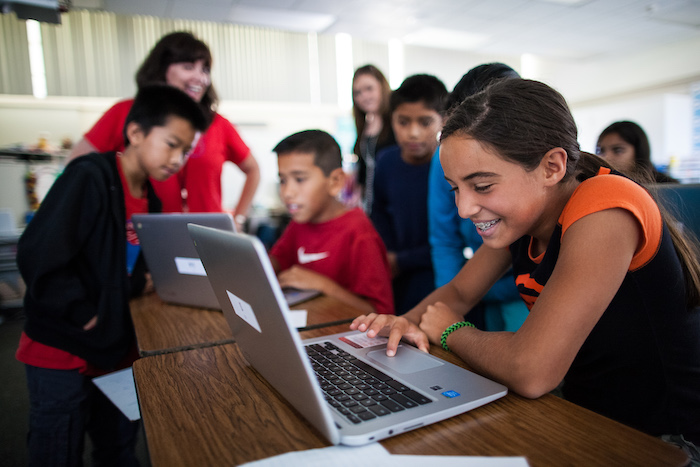Growing up, my brother did a book report on “Charlotte’s Web” — three years in a row. As you’re probably aware, though, book reports are easy to plagiarize and can be quite boring for the student.
This is why I leaned toward book projects instead of traditional reports, and the creative assignments that my students came up with still astound me.
From videos to online comic strips, there are many options that students can use to share what they learned from a book. So, why not ditch the book report and try these book projects instead?
7 alternative book reports your students will love!

1. Make movies
Let’s start with movies. Kids love them! From my experience, when I told the students they were going to make a summary movie as opposed to writing a full-fledged book report, they were beyond ecstatic.
Many began brainstorming right away. I then let them know that a written shorter summary would accompany the video, but by that time, they were so excited about their main plots and cinematography that they didn’t seem to mind.
As long as you have a clear set of expectations (a detailed rubric worked best for me), you can cater movies to various topics around literature.
Here are a few more ways to integrate videos and literature:
- Make a move about a particular character. Show how that character developed, their inner thoughts, and their importance to the outcome of the story.
- Make a movie about the main themes of the book. Some students struggle with this concept; seeing various visual examples on the screen can make it easier for them to understand and internalize those themes.
- Make a movie about the setting and background history related to the book. For example, if students are reading To Kill A Mockingbird, one video could examine major trials that occurred during that time period, or explore how racism manifested itself in the judicial system of that time. Students could do this recording reenactments or monologues.

2. Make online comic strips
Another successful book project was when the students created their own comics. Kids can get their graphic design on by using easy-to-learn (but beautiful) programs such as the Online Comic Creator by Read Write Think or Pixton.
You can pull this off in many ways, but I assigned comic summaries after every chapter. This reaffirmed the reading by creating a visual overview of what students just read. Plus, the kids loved to share their finished products, which kept everyone up to date on what was happening in the book.

3. Make dioramas
You may remember dioramas from when you were a kid. I created one on dinosaurs that’s stuck in my memory ever since. This old-school classic still resonates with students.
For those of you unfamiliar, a diorama is a scene created inside a cardboard box. You could assign every kid in the class a major scene from the book and then have them present it to the class with a diorama. It’s possible to integrate a writing component, too. Have kids whip up a short description of a scene while also focusing on one aspect of grammar, such as comma usage.
This activity will hook your linguistic and visual learners!

4. Make scrapbooks
You’ve probably never heard of Sabrina Ward Harrison or Dan Eldon, but these are two published scrapbook writers. Scrapbooks are an awesome way to ditch the book report and add some life to literature projects.
You can let students choose if they want to do an online scrapbook on Word or Glogster (make sure you use the education version), or make a traditional one with colored paper, glue, and glitter.
My students really got into these projects. Scrapbooks are a convenient part of any curriculum because there are even free expectations for them already published online.

5. Make newspapers
One of my top book projects was asking my students to create their own newspaper while reading “The Outsiders”. Not only is this a compelling book for middle schoolers, but students also had the freedom to design their own newspaper around various writing prompts, character descriptions, literary term analysis, and so on. The possibilities are endless!
I allowed students to choose from provided newspaper software such as Canva, which features professional designs. The kids enjoyed the integration of technology, images, and writing. Alternatively, you could have them use Microsoft Publisher for a more classic route.

6. Make author studies
You can kick off an author study at the beginning or end of a book unit. After all, the author’s personal experiences tend to affect their written work in a multitude of ways. Charles Dickens’s classic “Great Expectations”, for example, contains many events, characters, and themes from his own life that he shares through the protagonist.
Here’s what worked for me:
- I provided students with a checklist of author information they had to research.
- It was up to them how they were going to display their findings.
This allowed student choice while still meeting those benchmarks. Students performed skits, created collages and paintings, and much more. At the end of the project, we put all the projects in a circle and had a gallery walk where students viewed each other’s work. It was a smoking success!

7. Put on a play
In one of our previous posts on how drama can have a big impact on student engagement, we talked about how plays can positively influence student learning. The article describes how students can create a modernized play on a classic book. You can create a whole unit around this objective. Sure, this is a lot of work, but so worth it! In all honesty, would you rather write a report on “Romeo and Juliet” or modernize it and act it out?

8. Make tableaus
You may have heard of tableaus — which is just a fancy term for frozen scenes.
Here’s the process:
- Two students hold up a sheet of paper or a curtain. Behind it, a group of students pose as characters from a scene in the book.
- Then, the “curtain” drops, and the rest of the class views the freeze-frame and tries to identify it as it relates to the book.
You can make this more complex by integrating costumes. And you can add a writing component that describes the process of creating the scene. Alternatively, students can record the relevance of the scene to the entirety of the book in writing.
If you have students interested in theater and fashion, this activity will hook them in an instant!

Creative book projects motivate students to read AND learn
Although the title of this article is “Ditch the Book Report and Try These Book Projects Instead”, I believe there is a place for the traditional book report. But I also believe that it gets over-assigned; there are creative ways to meet the standards with more engaging projects.
According to a paper by the National Research Council, 40% of students are disengaged from school. You read that correctly! And countless research points to the positive correlation between motivation and student performance.
Assigning book projects that get kids excited about reading and writing proves to be a fun change for both the student and the teacher. There are other advantages, too. Let’s put it this way: Would you rather grade 20 essays or watch 20 short films on “Great Expectations”?
Hand over the popcorn because I prefer the latter.
Photo: Dollar Gill/Unsplash
Student Engagement


